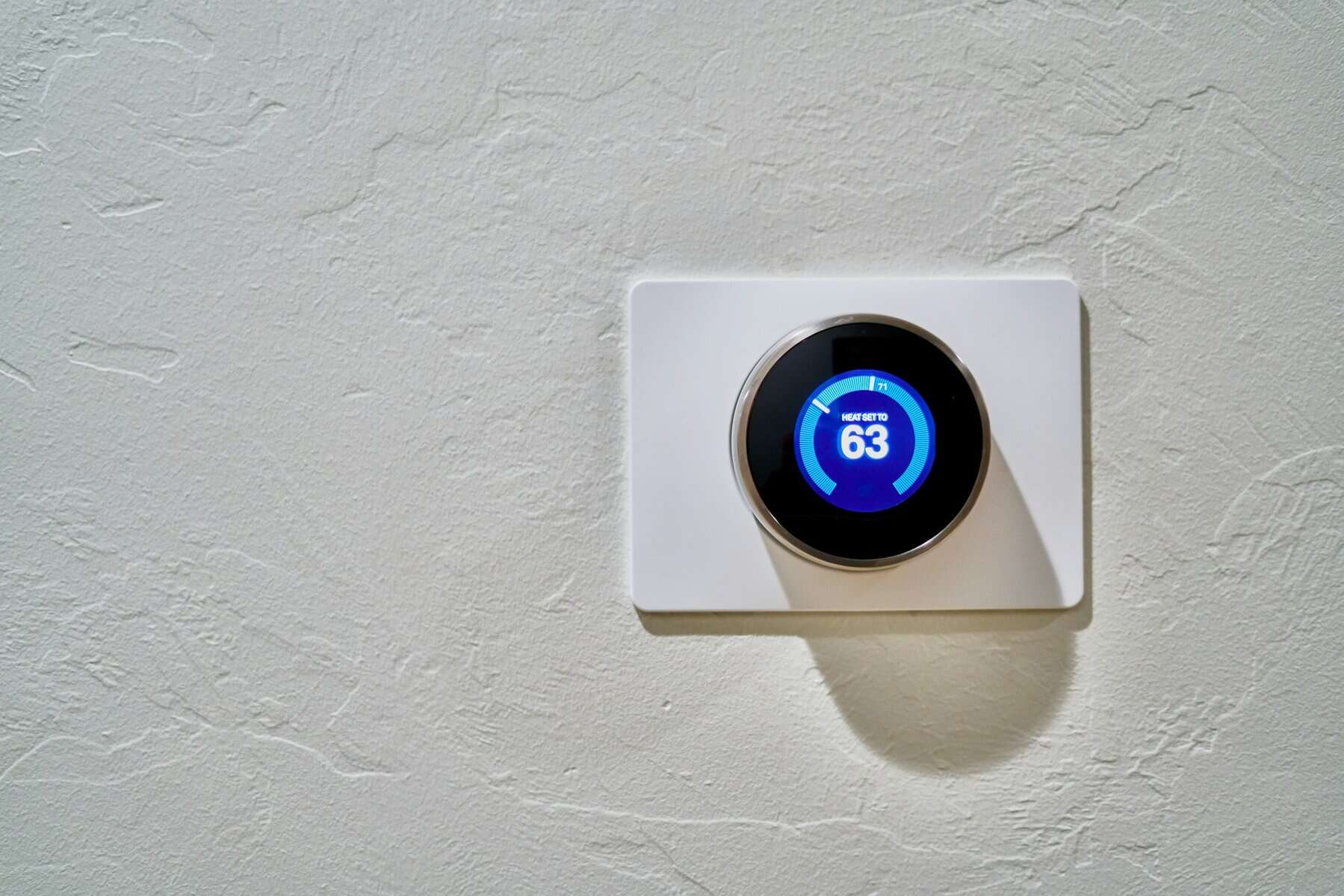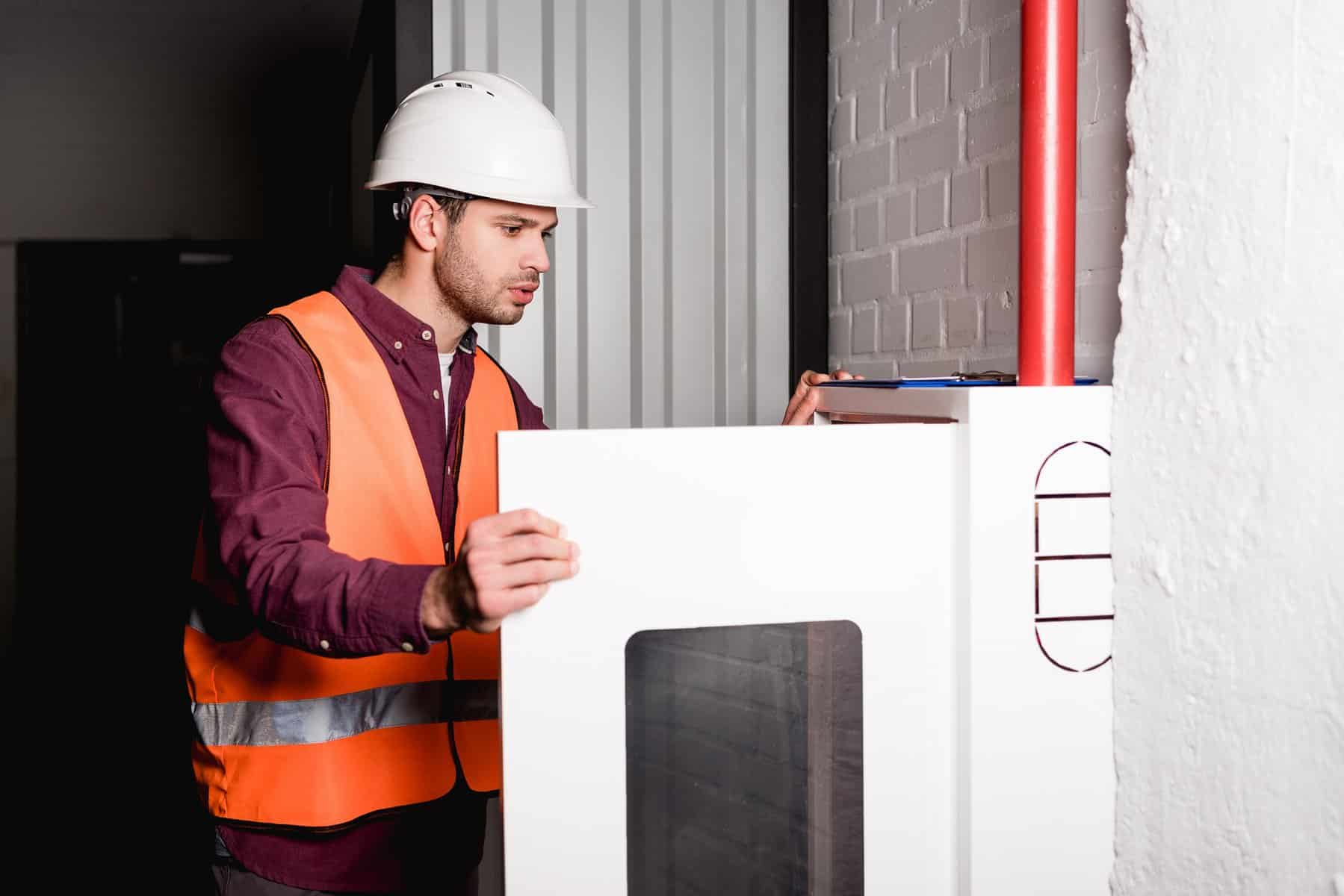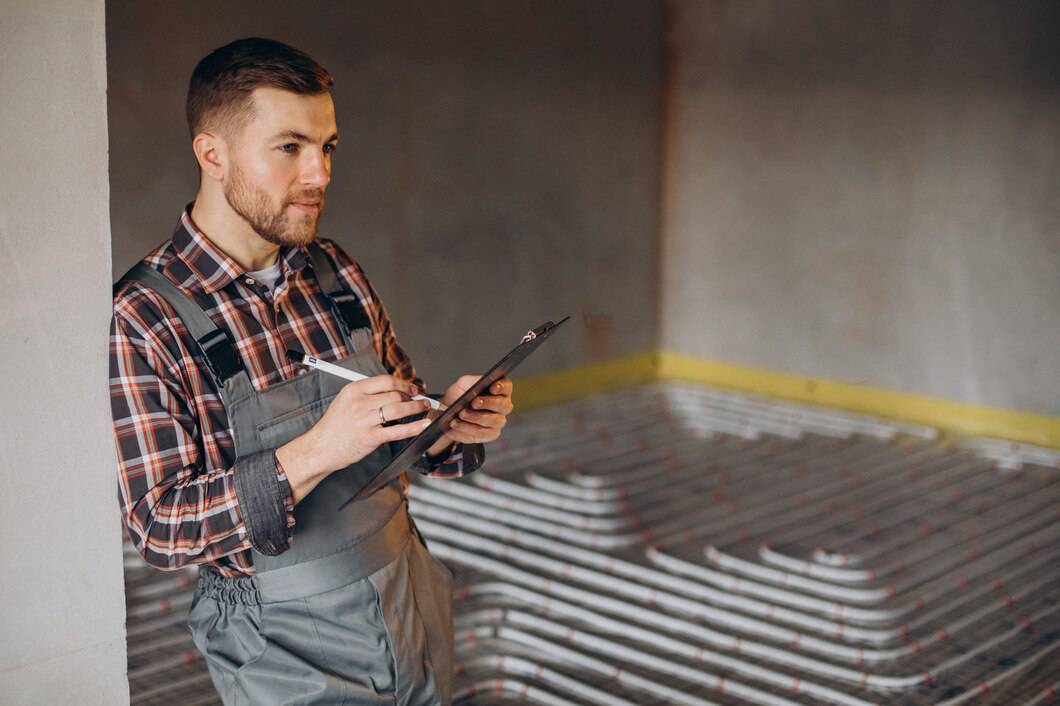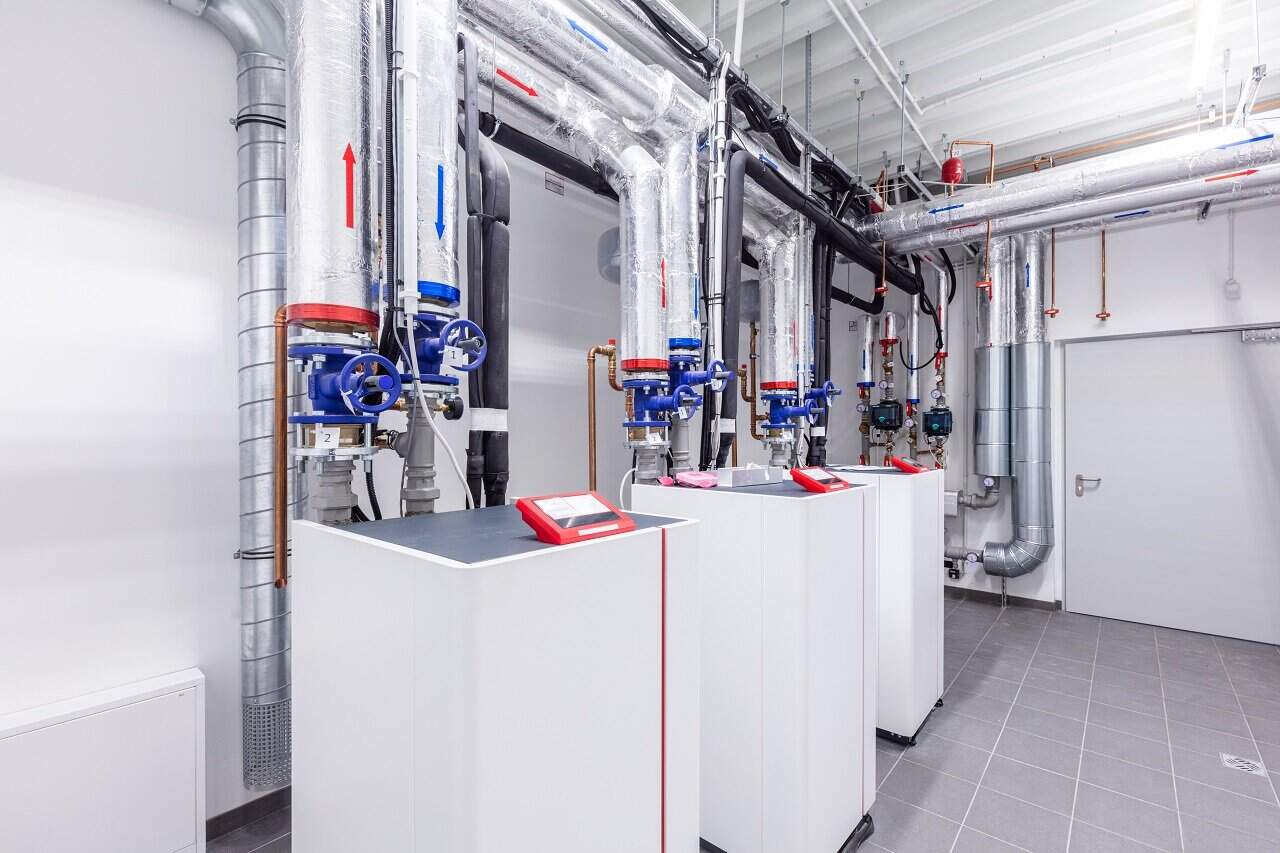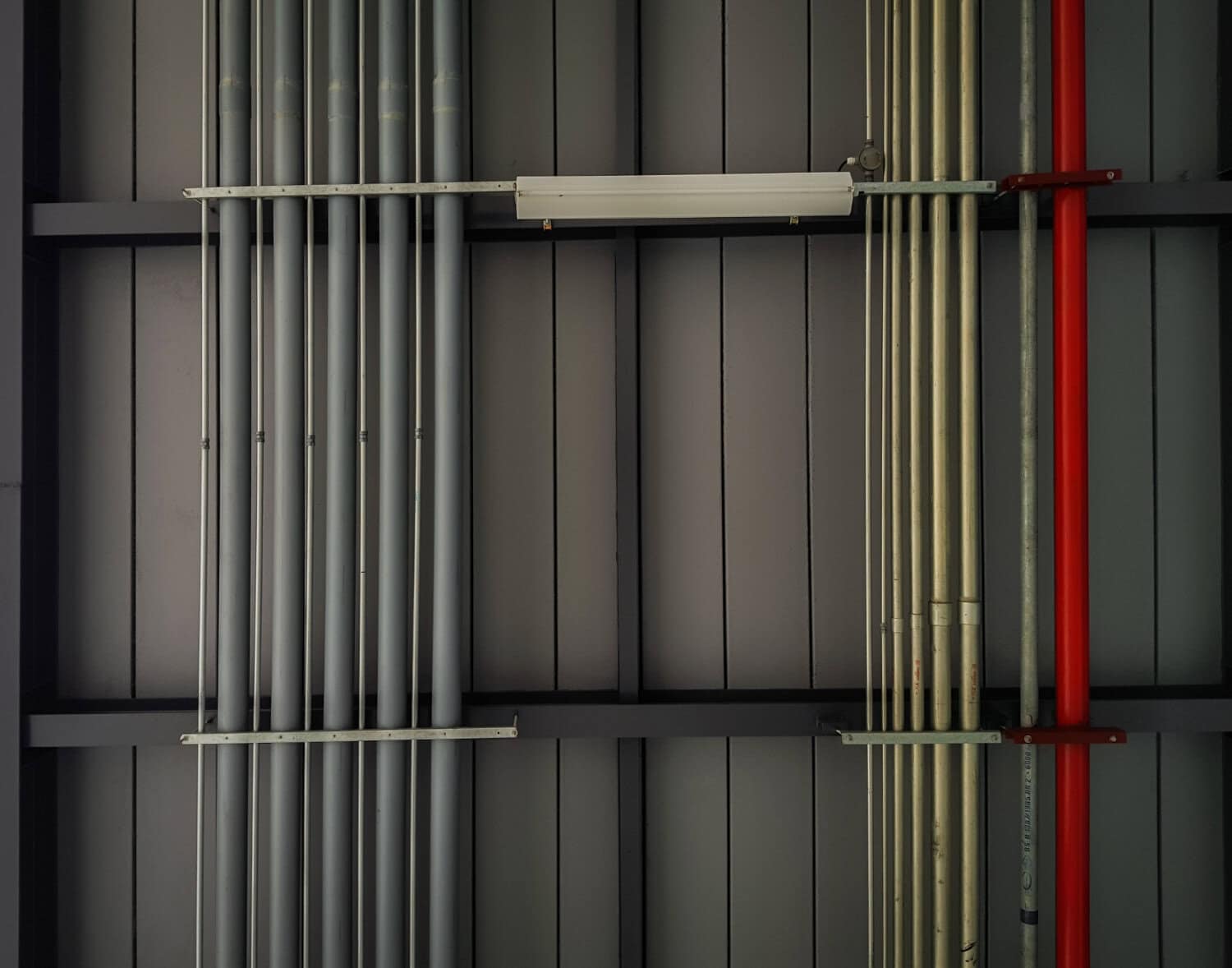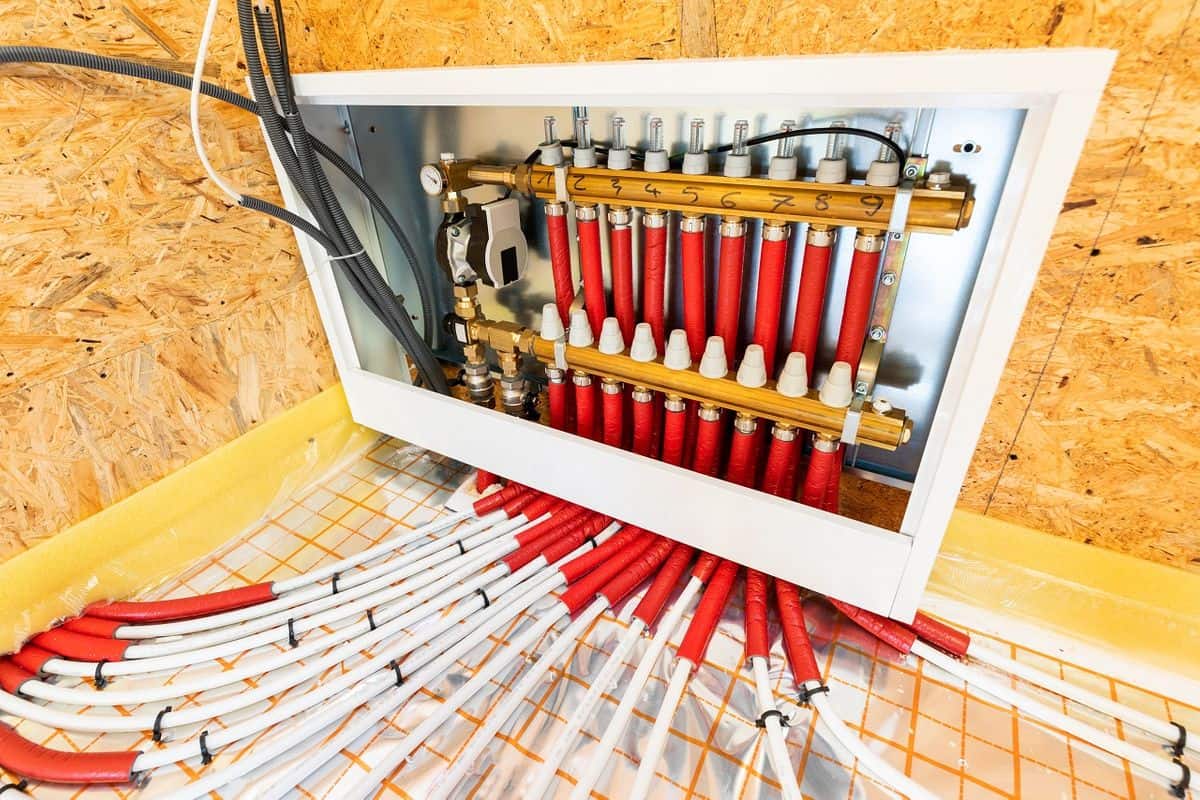Smart thermostats have been gaining popularity as more people look to make their homes energy-efficient and convenient. These devices promise to save you money on energy bills while making it easier to control your home’s temperature. But are they really as smart as they claim to be? Understanding what smart thermostats can do and how they work is the first step in deciding if they’re right for you.
A smart thermostat differs from a regular thermostat in many ways. While a traditional thermostat requires you to manually set the temperature, a smart one uses advanced technology to learn your preferences and adjust settings automatically. This can lead to more consistent comfort and efficiency without much effort on your part.
Before investing in a smart thermostat, it’s important to know what benefits you can expect and what common misconceptions might mislead you. Making an informed decision ensures you get the most out of your investment and enjoy greater comfort and savings at home.
How Smart Thermostats Work
Smart thermostats are designed to make managing your home’s temperature easier and more efficient. They connect to your home’s Wi-Fi network, allowing you to control them from your smartphone or computer. This means you can adjust the temperature even when you’re not at home.
One of the key features of a smart thermostat is its ability to learn your schedule and preferences. Many models have sensors that detect when you’re home and adjust the temperature accordingly. Over time, the thermostat learns when you typically wake up, leave the house, come back, and go to bed, and it adjusts the settings to match these habits.
Smart thermostats also make use of geofencing technology. Geofencing uses your phone’s location to determine if you are home or away. When you leave a specific radius around your home, the thermostat can trigger energy-saving settings. When you return, it can return to your preferred temperature. This helps to save energy and ensures your home is comfortable when you walk through the door.
Additionally, many smart thermostats provide detailed energy reports. These reports show your energy usage patterns and offer suggestions for further savings. With all these features, smart thermostats offer more control and efficiency compared to traditional ones.
Benefits of Using Smart Thermostats
Using a smart thermostat can bring several benefits to your home and lifestyle. Here’s why you might consider upgrading:
1. Energy Savings: Smart thermostats help reduce your energy usage by automatically adjusting the temperature based on your schedule and usage patterns. This can lead to significant savings on your utility bills.
2. Convenience: With the ability to control your thermostat from your phone, managing your home’s temperature becomes very convenient. You can make adjustments without getting up from your couch or even when you’re not at home.
3. Comfort: Smart thermostats can learn your preferences and adjust the temperature throughout the day to keep your home comfortable. Some models also factor in external weather conditions to maintain optimal indoor conditions.
4. Environmentally Friendly: Reducing energy usage is not only good for your wallet but also for the environment. By using less energy, you’re lowering your home’s carbon footprint.
5. Detailed Insights: Many smart thermostats offer energy reports that help you understand your usage better. These reports can pinpoint when your energy use is highest and suggest ways to save even more.
6. Integration with Smart Home Systems: If you have other smart home devices, a smart thermostat can integrate with them. This creates a more connected and efficient home environment.
These benefits make smart thermostats a worthwhile investment for those looking to improve their home’s efficiency and comfort. By embracing this technology, you can enjoy a more convenient and cost-effective way to manage your indoor climate.
Common Misconceptions About Smart Thermostats
There are several misconceptions about smart thermostats that might make people hesitant to invest in one. Here are some of the most common myths:
1. They Are Too Complicated: Many people think smart thermostats are difficult to use. However, most smart thermostats are designed with user-friendly interfaces and simple setup processes. They often come with step-by-step guides and intuitive apps that make them easy to navigate.
2. They Don’t Save Much Money: Another myth is that smart thermostats don’t actually lead to significant energy savings. While the amount saved can vary, most users see a noticeable drop in their energy bills. By optimizing heating and cooling schedules and providing detailed energy usage reports, they help you use energy more efficiently.
3. Only Tech-Savvy People Can Use Them: Some believe that you need to be a tech expert to benefit from a smart thermostat. In reality, smart thermostats are accessible to anyone, regardless of their tech knowledge. The guided setup and simple controls make it easy for all users.
4. They Can’t Work With Older HVAC Systems: Many assume smart thermostats only work with the latest HVAC systems. On the contrary, most smart thermostats are designed to be compatible with a wide range of heating and cooling systems, both old and new.
By understanding these misconceptions and the truth behind them, you can make a more informed decision about whether a smart thermostat is right for your home.
Tips for Choosing the Right Smart Thermostat
Choosing the right smart thermostat for your home can seem daunting, but it doesn’t have to be. Here are some tips to help you pick the best one:
1. Check Compatibility: Make sure the smart thermostat is compatible with your existing HVAC system. Most manufacturers provide compatibility checkers on their websites to help you with this step.
2. Consider Features: Look for features that matter most to you. Some important ones include learning capabilities, remote control via smartphone, energy usage reports, and geofencing. Decide which features will fit best with your lifestyle.
3. Ease of Use: Choose a thermostat with a user-friendly interface. Read reviews or watch tutorials to get a sense of how easy it is to set up and operate. A simple setup process can save you a lot of time and hassle.
4. Integration with Other Smart Devices: If you have other smart devices in your home, consider choosing a thermostat that integrates well with them. This can streamline your smart home experience and enhance convenience.
5. Energy Savings: Look for models known for their efficiency and energy-saving capabilities. Some thermostats come with energy-saving certifications or endorsements that can assure you of their performance.
6. Price: Compare prices, but don’t just go for the cheapest option. Balance the cost with the features and benefits it offers to ensure you get good value for your money.
By considering these factors, you can choose a smart thermostat that meets your needs, enhances your comfort, and saves you money.
Discover the Power of Smart Thermostats
Smart thermostats offer a range of benefits, from enhanced convenience to significant energy savings. They work by learning your habits, adjusting settings automatically, and allowing remote control through your smartphone. Despite some common misconceptions, they are user-friendly and accessible to everyone, even those who aren’t particularly tech-savvy.
Choosing the right smart thermostat involves considering compatibility, key features, ease of use, integration with other devices, energy-saving potential, and price. Getting the best model for your home means enjoying consistent comfort and lower energy bills.
If you’re ready to upgrade to a smart thermostat and improve your home’s efficiency, contact My Jockey today. Our team can help you find the perfect thermostat and ensure it’s installed correctly for optimal performance. Don’t wait—make your home smarter and more comfortable with our HVAC installers in Saratoga Springs, NY.

